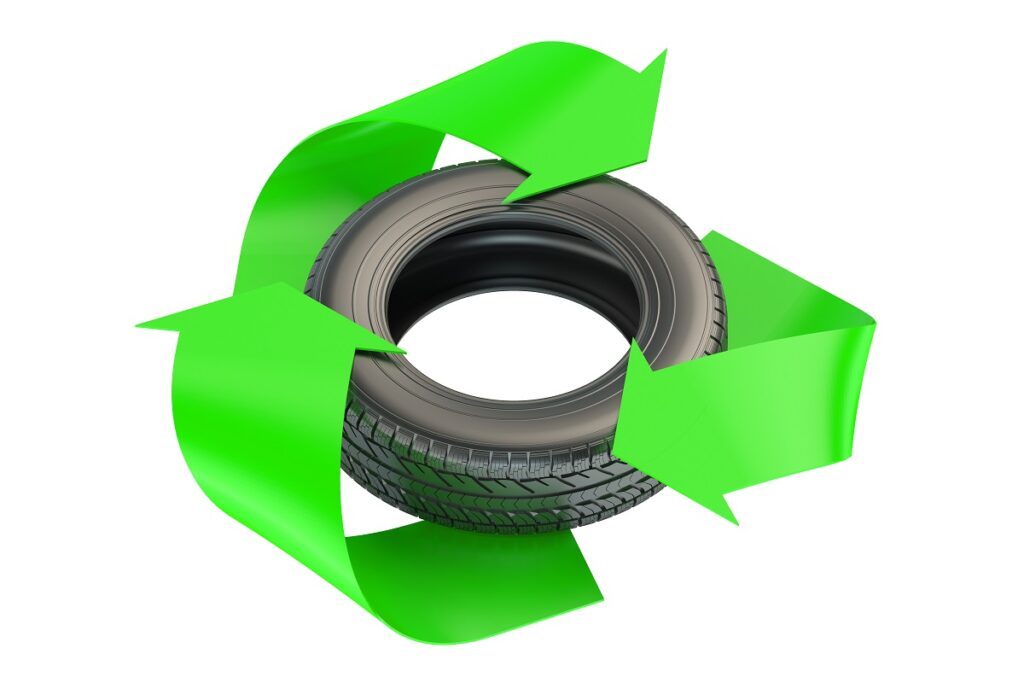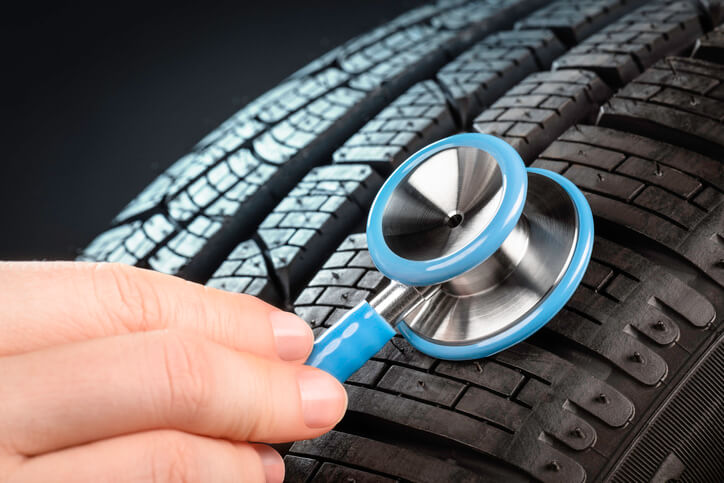Tires are one of the most critical components of your vehicle, yet they are often overlooked until a problem arises. Proper tire care is essential not only for the safety and performance of your vehicle but also for extending the lifespan of your tires. In this comprehensive guide, we’ll walk you through effective tire care tips that will keep your tires in great shape, ultimately saving you money and ensuring your driving experience remains safe and smooth.
The Importance of Tire Care for Safety and Efficiency
Many drivers don’t realize how important tire maintenance is for their overall driving experience. Tires are responsible for providing traction, absorbing shock, and maintaining stability while driving. When your tires are in poor condition, it can lead to dangerous situations such as blowouts, decreased braking performance, and loss of control, especially on wet or icy roads.
Regular tire care ensures that your tires perform optimally. From tire inflation to tread checks, these simple tasks can go a long way in maintaining your tires’ health. Proper tire maintenance also enhances fuel efficiency, saving you money on gas over time. Tires that are underinflated or unevenly worn can increase rolling resistance, leading to higher fuel consumption. By prioritizing tire care, you not only ensure a safer ride but also contribute to better overall fuel economy.
1. Checking Tire Pressure Regularly
One of the easiest and most effective ways to maintain your tires is by keeping the air pressure at the recommended levels. Tire pressure plays a significant role in the overall performance of your tires and vehicle. Low tire pressure causes tires to wear out faster, decrease fuel efficiency, and increase the risk of tire blowouts. On the other hand, overinflated tires lead to a harsher ride and a higher likelihood of damage from road hazards.
The ideal tire pressure for your vehicle can typically be found in your owner’s manual or on a sticker inside the driver’s side door frame. Make it a habit to check your tire pressure at least once a month using a reliable tire pressure gauge. You should also check the pressure before long trips or when there’s a drastic change in weather, as temperature fluctuations can cause tire pressure to rise or drop.
2. Inspecting Tire Tread Depth
Tire tread depth is a crucial factor in maintaining traction and ensuring safe driving, particularly in wet conditions. Shallow tread depths can cause your vehicle to floatreasing the chances of accidents. Over time, your tire tread naturally wears down, and it’s important to keep an eye on this wear.
You can easily check your tire tread depth using a tread depth gauge or the penny test. To use the penny test, insert a penny into the tire groove with Lincoln’s head facing down. If you can see the top of his head, it’s time to replace your tires. Regular inspections of your tire tread can help you detect uneven wear patterns that could indicate alignment issues or other problems with your vehicle’s suspension system.
3. Rotating Your Tires Regularly
Tire rotation is another key aspect of tire care that many drivers overlook. Uneven tire wear can occur when the weight distribution of your vehicle causes certain tires to wear out faster than others. Regularly rotating your tires helps ensure that all four tires wear evenly, which can extend the lifespan of your tires and improve vehicle handling.
Tire rotation is typically recommended every 6,000 to 8,000 miles, but it may vary depending on your vehicle and tire type. Some vehicles may require specific tire rotation patterns, such as front-to-back or side-to-side rotations. Be sure to consult your owner’s manual for the recommended schedule and pattern for your vehicle.
4. Balancing and Aligning Your Tires
Wheel alignment and tire balancing are essential parts of tire care that can prevent uneven wear and improve handling. Misalignment can cause your tires to wear out faster on one side, leading to premature tire replacement. Balancing ensures that each tire has an even distribution of weight, preventing vibration and uneven wear.
If you notice your steering wheel pulling to one side or you experience vibration at higher speeds, it could be a sign that your wheels are misaligned or unbalanced. In such cases, take your vehicle to a certified mechanic for an alignment and balancing service. Proper alignment and balancing can significantly increase the lifespan of your tires and improve driving comfort.
5. Protecting Your Tires from Environmental Damage

Tires are constantly exposed to harsh environmental elements such as heat, UV rays, road salt, and debris. Over time, these factors can degrade the rubber and lead to cracks, dry rot, and other forms of tire damage. To protect your tires from environmental wear, it’s essential to park your vehicle in shaded areas whenever possible and avoid leaving it parked in the same spot for extended periods.
If you live in an area with harsh winter conditions, consider switching to winter tires during the colder months. Winter tires are specifically designed to handle snow, ice, and cold temperatures, offering better traction and handling than regular tires. Similarly, if you drive frequently on rough roads or off-road terrain, look for tires designed for those conditions to ensure better durability.
6. Keeping Your Tires Clean
Regularly cleaning your tires is not just about aesthetics—it’s also about maintaining their longevity. Dirt, grime, and brake dust can accumulate on your tires and cause damage to the rubber over time. Additionally, the buildup of debris can lead to tire imbalance and increased wear.
To clean your tires effectively, use a soft brush and mild soap to scrub away dirt and debris. Avoid using harsh chemicals that could damage the tire’s rubber. It’s also a good idea to apply a tire conditioner to help maintain the tire’s flexibility and prevent cracking.
7. Driving Habits and Tire Care
Your driving habits have a significant impact on the health of your tires. Aggressive driving, such as sudden acceleration, hard braking, and sharp turns, can cause unnecessary strain on your tires, leading to faster wear. Try to adopt a smoother driving style by accelerating and braking gradually, which will reduce the pressure on your tires and extend their lifespan.
In addition, avoid overloading your vehicle, as excess weight can cause excessive wear and tear on the tires. Be mindful of speed bumps, potholes, and other road hazards, as hitting them too hard can damage your tires and lead to premature failure.
8. When to Replace Your Tires
Despite your best efforts to maintain your tires, there will come a time when replacement is necessary. Factors such as tread wear, age, and damage can affect the performance and safety of your tires. Most tires have a lifespan of around six years, but they may last up to 10 years with proper care. It’s essential to replace tires that show signs of damage, such as sidewall bulges, punctures, or cracks.
If you notice uneven tread wear or if your tires are approaching the legal tread limit (usually 2/32 of an inch), it’s time to invest in new tires. Replacing old or damaged tires not only ensures your safety but also contributes to better vehicle performance and fuel efficiency.
Conclusion
Taking care of your tires is one of the easiest and most effective ways to enhance the safety, performance, and longevity of your vehicle. Regularly checking tire pressure, inspecting tread depth, rotating your tires, and maintaining proper alignment and balance can make a significant difference in extending the lifespan of your tires. Additionally, adopting safe driving habits and protecting your tires from environmental damage can prevent premature wear and costly replacements.
By investing in tire care, you’re not just improving your vehicle’s performance—you’re also saving money in the long run by avoiding expensive repairs and replacements. With these simple tire care tips, you’ll be able to get the most out of your tires and enjoy a safer, more efficient driving experience.
